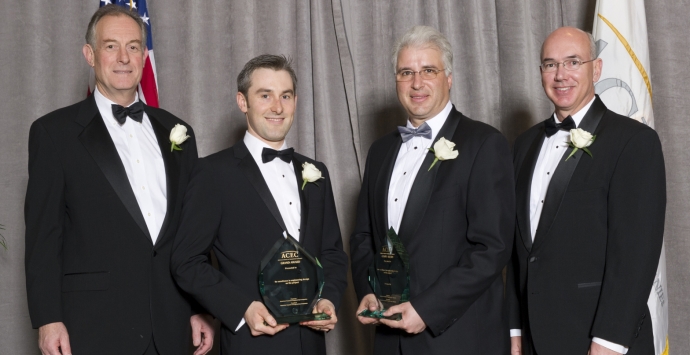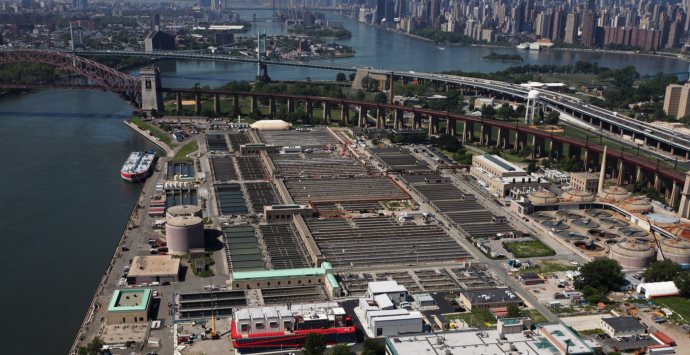An exciting (and critical) time for water infrastructure
Water infrastructure is vital to our lives and economies: Hundreds of billions of dollars are required to be invested in the United States’ water infrastructure in the coming decades to ensure safe, reliable supplies and systems that protect public health and the environment. Civil infrastructure serves as the backbone of the world’s human activity. Our water and wastewater, power, transportation and communications systems make our daily lives more efficient, safe and comfortable. In my role as operations director for our New York City Metro water business line, I oversee the delivery of water infrastructure projects that safeguard human health and the environment, from providing clean and reliable water supplies and wastewater systems, to enabling coastal resiliency and protecting communities from flooding.
An early fascination with building things led to my interest in urban water systems and my passion for civil infrastructure. Starting as an entry level engineer, I found my strength as a project manager and had the fortune of leading the construction phase of the Wards Island Biological Nitrogen Removal demonstration projects in New York City. Not only did these projects achieve a consent order milestone for our client, they also prevent 10,000 pounds of nitrogen from being discharged into the city’s East River every day, resulting in cleaner waters.
 Gabriel Giles (center left) and Paul Storella (center right) represent AECOM at the 2011 ACEC National Engineering Excellence Awards for the Wards Island Wastewater Treatment Plant BNR project.
Gabriel Giles (center left) and Paul Storella (center right) represent AECOM at the 2011 ACEC National Engineering Excellence Awards for the Wards Island Wastewater Treatment Plant BNR project.
My inspiration comes from delivering projects in the water sector that sustainably enable and support our communities and economies. Some examples of our current projects include:
- The Croton Water Filtration Plant, which treats drinking water from the oldest of the city’s three water supplies;
- The NYC Wastewater Resiliency Plan, which is increasing wastewater infrastructure resilience to better protect surrounding waters and public health;
- The New Meadowlands Rebuild by Design project focused on implementing flood-risk mitigation measures for the Meadowlands District in New Jersey; and
- The Combined Sewer Overflows Long Term Control Program, which evaluates options for combined sewer overflows to improve water quality for city residents.
These projects provide solutions for our clients as well as benefits that extend to millions of people every day. Our challenge now is that there are many more projects needed that require political commitment and financial investment. Particularly for U.S. water infrastructure, much of which was built more than 50 years ago and is in need of repair and/or replacement. The U.S. Environmental Protection Agency has projected that we will need more than $655 billion in water infrastructure development over the next 20 years to keep pace with the anticipated needs.1
 Wards Island Wastewater Treatment Plant, the second largest wastewater plant in NYC with a treatment capacity of 275 million gallons per day.
Wards Island Wastewater Treatment Plant, the second largest wastewater plant in NYC with a treatment capacity of 275 million gallons per day.
We must raise public awareness to meet the challenge of reinvesting in our infrastructure. Too often we take our built environment for granted, only realizing its value when an antiquated pipe breaks and our water supply is interrupted, or polluted waters affect public health and the environment. Those of us in the civil infrastructure discipline must promote the importance of the work we do by sharing it with our colleagues, friends and families — to get the conversation started and to continue our momentum!
Sources:
1. EPA Blog, July 2016: The Time to Invest in America’s Water Infrastructure is Now







